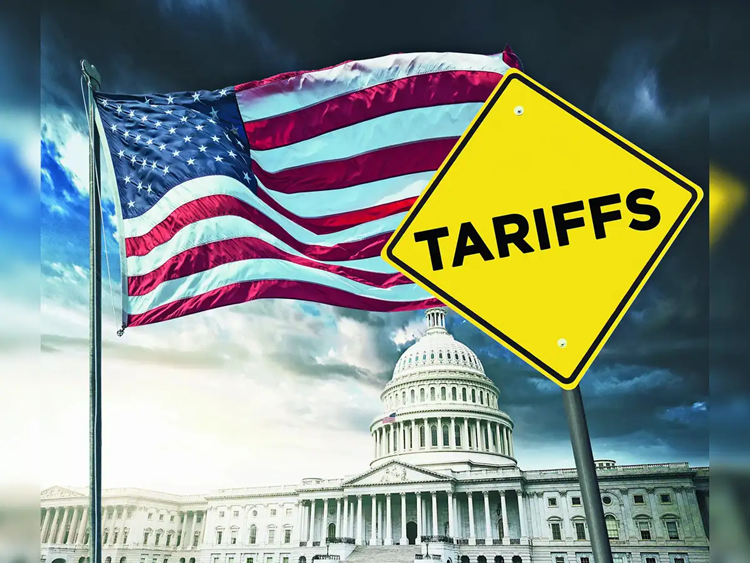"With the growing importance and acceptance of technology in textile industry, companies are looking at highly automated, environmentally conscious production facilities in the US Southeast, where the infrastructure for this industry’s success is already in place. Proposed policy changes and US border tariffs are also aiding the growth shift to the US market. As consumers become more socially aware, many retailers are encouraging their suppliers to build an environmentally safe US presence to capture the ‘Made in America’ privilege."

With the growing importance and acceptance of technology in textile industry, companies are looking at highly automated, environmentally conscious production facilities in the US Southeast, where the infrastructure for this industry’s success is already in place. Proposed policy changes and US border tariffs are also aiding the growth shift to the US market. As consumers become more socially aware, many retailers are encouraging their suppliers to build an environmentally safe US presence to capture the ‘Made in America’ privilege. Hence, the country is finally seeing a resurgence in textile industry. Within the last five years, there have been significant announcements by foreign-owned textile companies investing in the US, with site selection choices clustered in the Southeast once again. These location decisions are driven by port proximity, low utility costs, a quality affordable labour pool, and access to training.
What clicks for Southeastern US

Since Southeastern US was once flooded with textile facilities, the infrastructure necessary for the industries success is already in place. Wastewater treatment plants are designed to accommodate the fabric dyeing process and have the ability to treat this kind of effluent without much capital investment or new permitting. The cotton belt in the Southeast provides close proximity to one of the industry’s major raw materials. A history of textile manufacturing has left behind a legacy workforce with the technical know-how and work ethic to support industry newcomers. There are training program to prepare workers to operate highly automated facilities, and universities have thriving textile engineering programs.
Moreover, the shale-oil boom has given a significant competitive advantage to the US. Industrial users are seeing natural gas prices average about one-third of those in most other industrial economies. Lower natural gas prices are driving US industrial electricity rates lower. US rates are on average 30 per cent to 50 per cent lower than for other major exporters.
Changing consumer preferences and fast fashion trends have forced apparel companies to make smaller batches of clothes more frequently, that is when speed-to-market becomes crucial. For instance, Zara is delivering new products worldwide to their stores just 15 days after design is started. When every day matters to bring products to market, it is no surprise that companies want to be close to the United States, the world’s second-largest textile consumer market.
On January 23, 2017, President Trump signed an executive order to end the TPP, which aimed to create an export-led growth model supporting free trade with 11 countries in the Pacific, excluding China. The agreement would have phased out approximately 18,000 tariffs among the participating countries and helped smaller companies navigate export rules, trade barriers, and red tape. Trump argued that by ending the TPP, companies would be more likely to send FDI to the US to avoid import tariffs and sluggish logistics. Trump has proposed a 20 per cent tariff on incoming goods from Mexico and up to 35 per cent from China. In a low margin business, these tariffs would create a significant impact on the textile industry’s bottom line. While there is no way to predict what these policy changes will have on the textile market, companies are strategizing and investing resources to explore capacity additions in the US.
The US has also created a niche and competitive advantage in highly technical material manufacturing. Capital investment in yarn, fabric, and non-apparel textile product manufacturing has risen from $960 million to $1.7 billion from 2009 to 2015 — a 75 per cent increase. It is poised for growth in smart textiles or nanomaterials. The US textile industry saw $2 billion in capital investments in 2015. Medical applications are being introduced that monitor and communicate physiological changes. These materials will be able to administer drugs and detect blood clots. These types of technologies will require the presence of an extensive university research network and the ability to transfer technology to the labour force.
In an effort to modernise the apparel industry, Atlanta-based SoftWear Automation, recently introduced a solution called the ‘sewbot’. Sewing was once thought to be a delicate job only for human hands, but sewbots are using cameras to track needle stitching and coordinate precise movements of fabric using lightweight robots. If sewbots gain traction, changes could be even more drastic for the industry.
The textile industry in the US, specifically the Southeast, is poised for growth. Textile and apparel markets will grow across the globe but the United States will attract the more complex, higher-paying jobs, while providing access to one of the world’s largest consumer markets.












